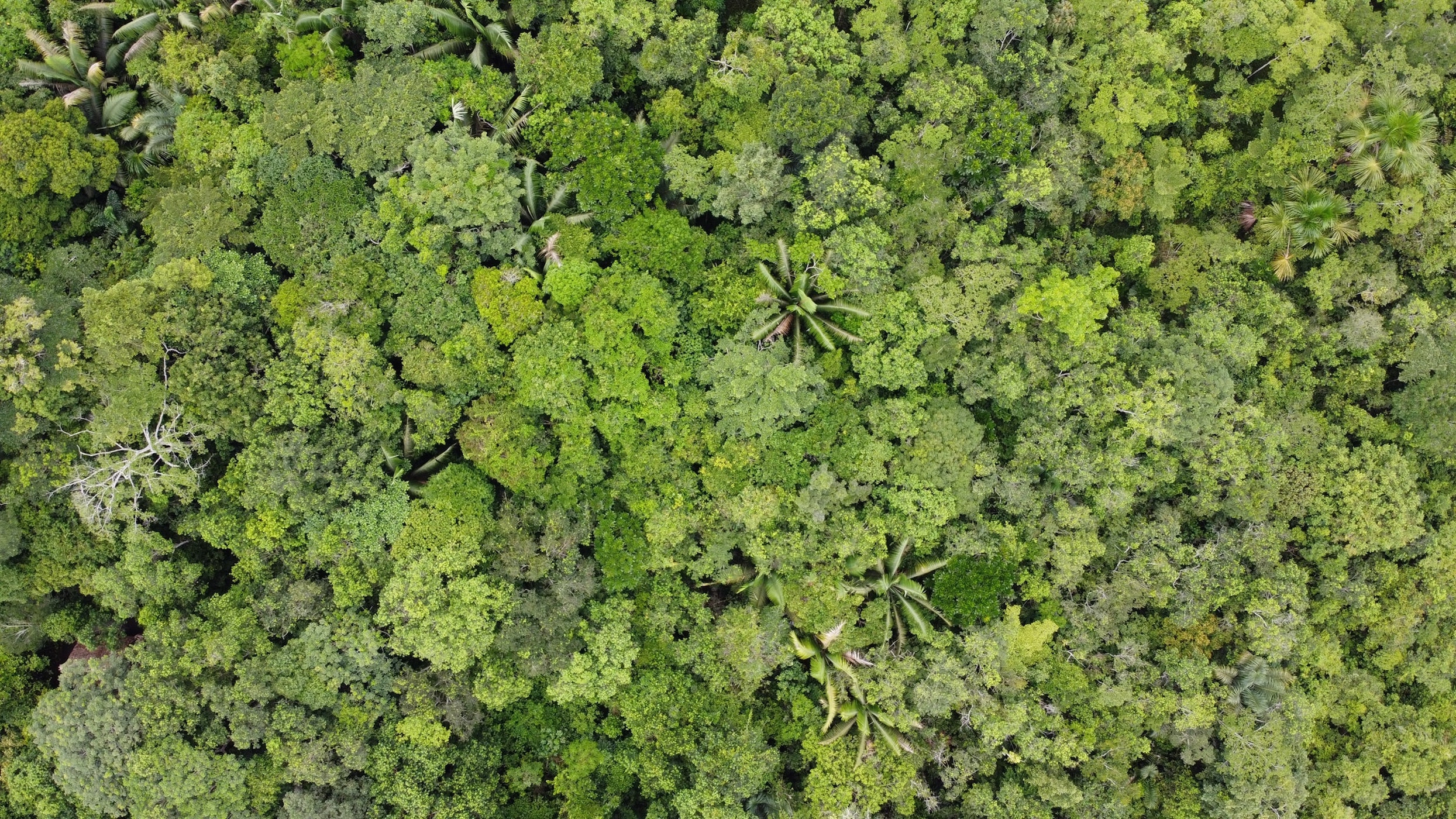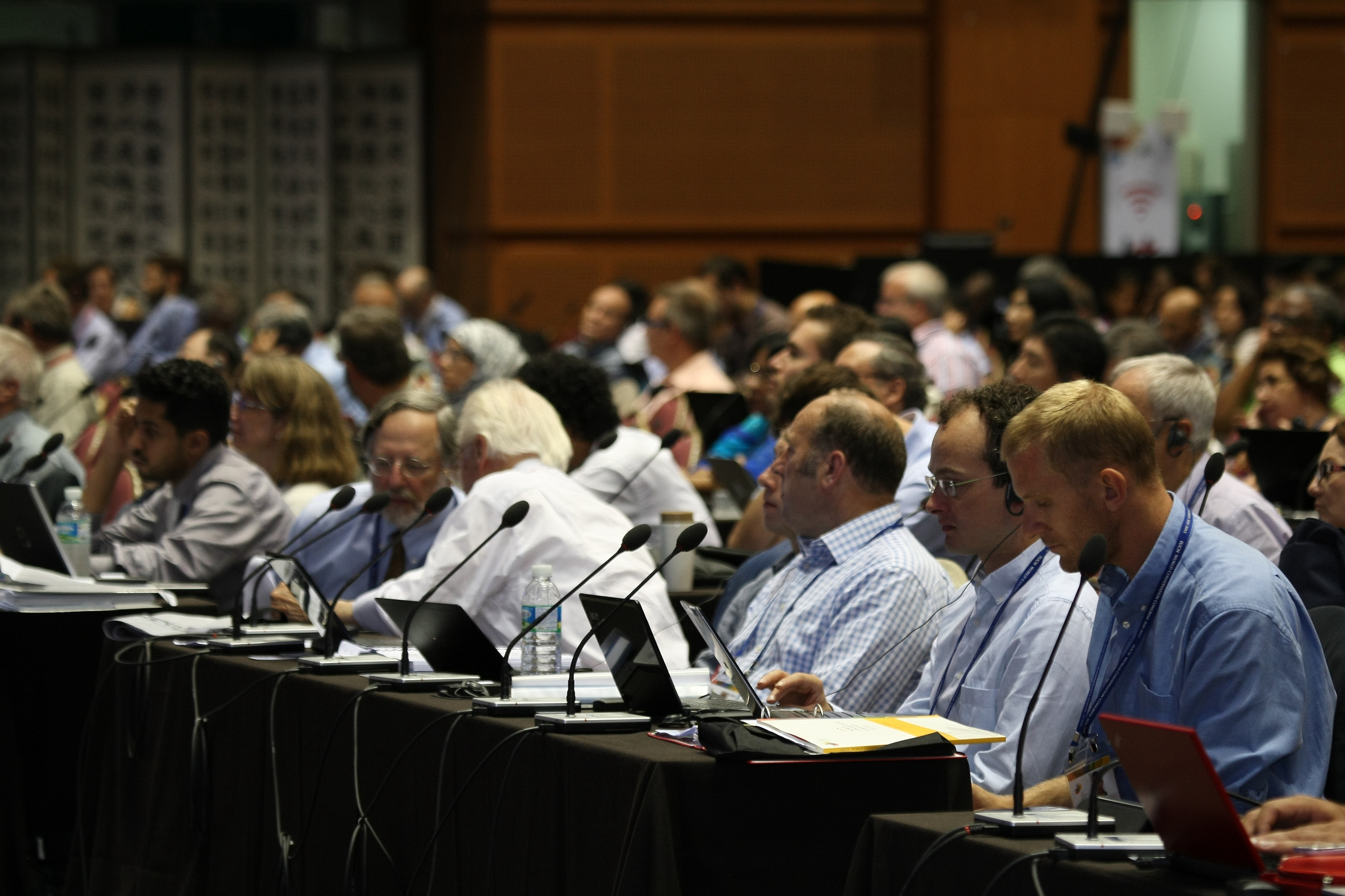In the past, UN roadmaps such as the 2030 Agenda for Sustainable Development and the Rio Declaration on Environment and Development have not only served as markers for multilateral cooperation on climate issues but also influenced research and knowledge development on climate issues themselves. By providing guiding principles and a consensus on the goals and aspirations of global action these roadmaps help align scientific inquiry with policy needs, in a way that fosters the development of actionable knowledge for decision-makers.
World leaders recently came together in New York to adopt the Pact for the Future, which also includes a Global Digital Compact and a Declaration on Future Generations. The pact covers a broad range of issues, including peace and security, sustainable development, climate change, digital cooperation, human rights, gender, youth and future generations, and the transformation of global governance. The pact is the most wide-ranging international agreement in years, covering previously untouched issues and responding to a need for international institutions to address the needs of a changing world.
When it comes to climate issues, the pact makes both numerous explicit references to climate issues – such as the commitment to “transition away from fossil fuels in energy systems in a just, orderly and equitable manner, so as to achieve net zero by 2050 in keeping with the science”, which reflects the language used in the landmark agreement obtained at the COP28 climate conference in Dubai last year, which was contentiously dropped at COP29 in Baku this year – but also implicitly through a text that focuses on aligning scientific reality and needs with the principles of social justice and equity.
Sustainable development goals
To date, the Sustainable Development Goals (SDGs) have acted as the guiding principle for global efforts in research, policymaking, and innovation aimed at tackling climate challenges. However, to date, only 17% of SDG targets are believed to be on track, according to the 2024 Sustainable Development Goals Report.
In this context, the pact aims to “supercharge” progress towards the SDGs through the development of innovative solutions and approaches. In the realm of climate issues this involves a focus on reinforced commitments, emphasizing the goal of keeping global temperature rise below 1.5°C and achieving net-zero emissions by 2050; climate financing and increased financial resources for climate adaptation and renewable energy development in low income nations; increased equity in solutions through reforms in international financial systems that ensure inclusive development; the use of new metrics for measuring progress, and therefore moving beyond an exclusive reliance on GDP, and rather incorporating human and planetary well-being indicators.
In fact, one of the most innovative aspects to the pact is the explicit reference to the use of new metrics for measuring progress, and therefore moving beyond an exclusive reliance on GDP, but rather incorporating human and planetary well-being indicators. A move away from GDP as the sole metric for progress could have a large impact on both policy choices and scientific endeavours.
The role of science, technology and innovation
The role of science, technology and innovation (STI) and their contribution to sustainable and equitable development takes a central role in the pact. One of the main concerns involves making developments in this field available to decision makers in both high and low income countries so that STI can transform decision making across the board.
The concern is that although STI can certainly be a key driver of economic growth and development, there is also evidence that economic growth can go hand in hand with inequality. For example, the World Inequality Report found that in recent decades the top 1% of richest individuals have captured twice as much growth as the bottom 50%.
Recent studies have also shed light on the double-edged nature of technological advancements, underscoring the need for informed policy-making that harnesses the benefits of innovation whilst mitigating its unintended socioeconomic consequences. Overarching frameworks such as the Pact can provide the right conditions for this to be achieved or at the very least provide a guiding light for policy.
By prioritizing equity, funding for innovation, and collaboration, the pact seeks to empower STI to create scalable and inclusive solutions that align with the 1.5°C climate target. In the process, it highlights the key role of STI in addressing global inequalities, particularly through initiatives aimed at climate resilience, sustainable development, and equitable access to technology. According to the pact, this is true of both within and across country inequalities, which research conducted by CMCC shows are worsening due to climate change.
“We must responsibly manage the potential risks posed by science and technology, in particular the ways in which science, technology and innovation can perpetuate and deepen divides, in particular the gender gap and patterns of discrimination and inequality within and between countries and adversely impact the enjoyment of human rights and progress on sustainable development.”
Source: UN Pact for the Future
This involves ensuring that STI is harnessed to address climate challenges by promoting initiatives that are aimed at things such as renewable energy, climate adaptation technologies, and innovative solutions for reducing emissions. Through the inclusion of the Global Digital Compact the role of artificial intelligence, data governance, and open-source technologies in accelerating climate research and fostering global cooperation are also part of the equation.
How will this be achieved? One of the primary areas of concern is the growing financing gap facing developing countries if they are to achieve their SDGs. According to the pact it is necessary to close this gap and therefore prevent a lasting sustainable development divide, widening inequality within and between countries and leading to a further erosion of trust in international relations and the multilateral system.
In a specific reference to the United Nations Framework Convention on Climate Change (UNFCCC) process the pact states that: “In pursuit of the objectives of the UNFCCC and of the Paris Agreement, we reaffirm the importance of accelerating action in this critical decade on the basis of the best available science, reflecting equity and the principle of common but differentiated responsibilities and respective capabilities, in the light of different national circumstances and in the context of sustainable development and efforts to eradicate poverty.”
Innovations and scientific breakthroughs that can make our planet more sustainable and our countries more prosperous and resilient should be affordable and accessible to all. This will help actively build trust in science and global collaboration on innovation, which in turn will ensure the use of science, scientific knowledge and scientific evidence in policy-making.
Overall, the inclusion of environmental and climate concerns in the pact, both through explicit and implicit references reveals how they are shaping the political discourse. Policy makers are increasingly having to navigate and address the need to tackle immediate and large-scale needs with the aspiration to embark on long-lasting transformations that could have profound impacts on our climate.
Although some have accused it of failing to do this and therefore failing to protect future generations by “relying on existing frameworks, rather than proposing bold new mechanisms to drive transformative change”, what is also certain is that it is another incremental step towards creating international norms that align scientific reality and needs with the principles of social justice and equity.
Further reading:
- Science and innovation and its influence on policy making:
- Inequality and climate change
Photo by Javier Allegue Barros on Unsplash






